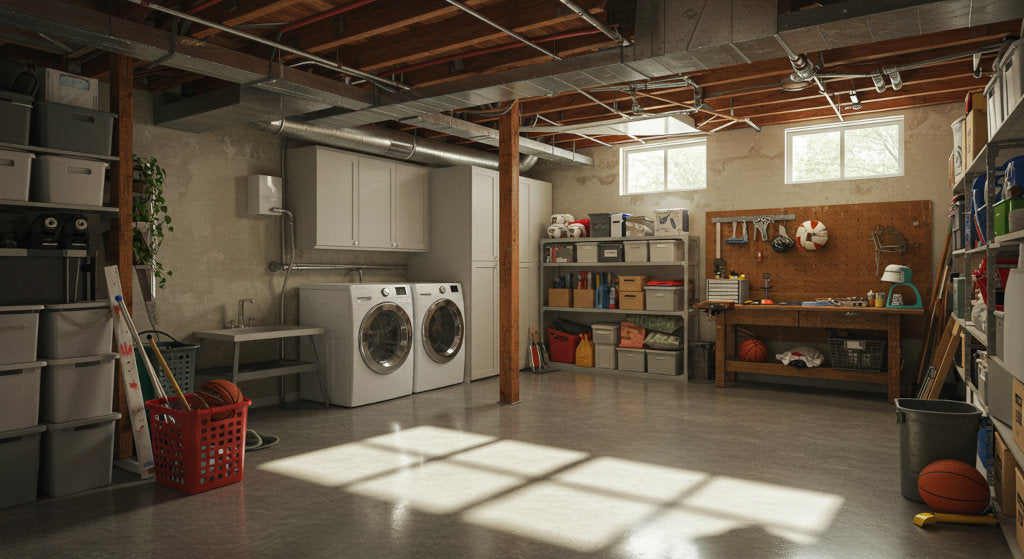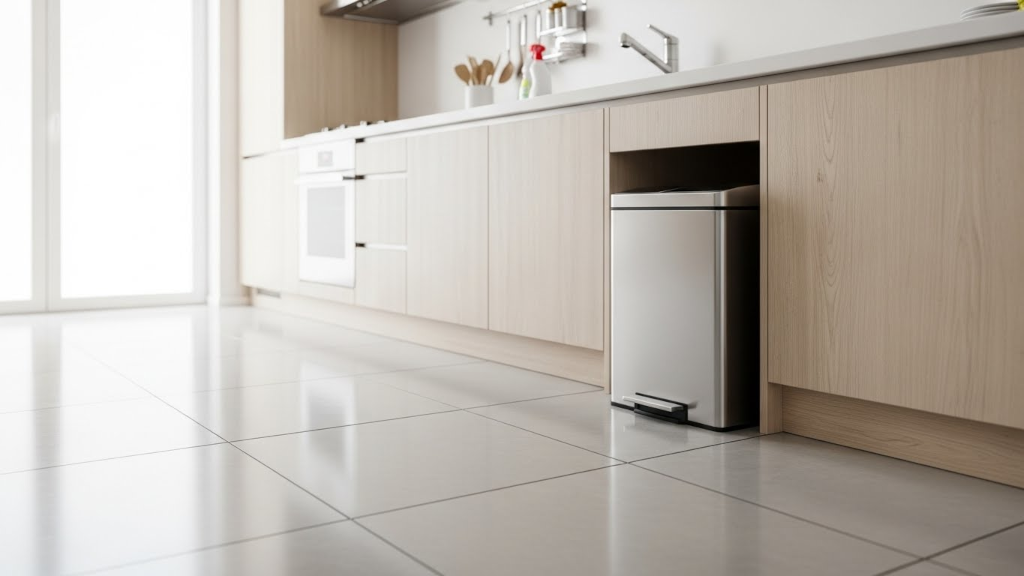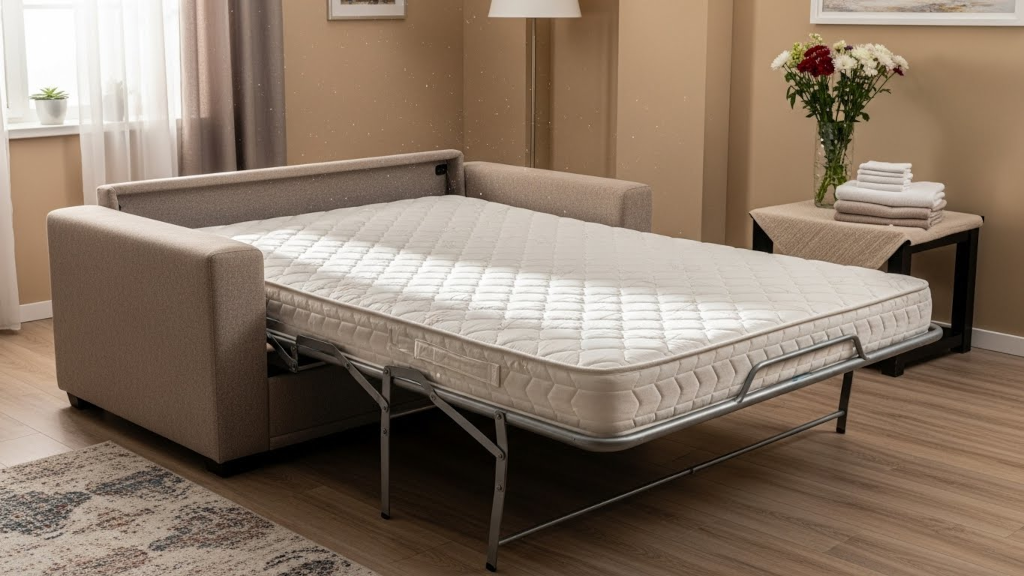Musty basement smells are more than just unpleasant. They often signal that odor-causing particles have settled deep into surfaces, fabrics, and even the air. Whether your basement is used for storage, laundry, or as a living space, that stale scent can make the whole environment feel neglected. Air fresheners might cover it up for a while, but they won’t fix the problem.
If you want long-term results, it’s time to reset the space with a real cleanup strategy and a reliable odor neutralizer. Here’s how to reclaim your basement with steps that work.
Start by Controlling Moisture
Moisture is the root cause of most musty odors in basements. Without fixing the humidity, no amount of cleaning will solve the problem for good.
Use a quality dehumidifier and aim to keep humidity levels under 50 percent. If you notice damp walls, condensation on windows, or a lingering wet smell, run the unit continuously and check for air circulation issues.
Inspect for water leaks around foundation walls, floor drains, windows, and sump pumps. Even slow, hidden drips can lead to mold and mildew buildup over time. Catching these early will help prevent odors from coming back.
Clear the Clutter and Remove Contaminated Items
Boxes of old clothes, stacks of papers, or furniture stored in damp corners can trap moisture and hold onto odor. Remove anything that smells, especially cardboard or fabric that’s been sitting untouched.
If possible, bring these items outside to air out in sunlight. Otherwise, consider tossing anything that can’t be properly cleaned. A clean, decluttered space gives you more visibility and fewer places for smells to linger.
Deep Clean All Surfaces
Once the space is cleared and dry, focus on the surfaces. Start by vacuuming the floors and corners, especially if there’s carpet or rugs. Use a HEPA vacuum if available, since it helps remove odor-trapping dust and particles from the air as you clean.
For concrete floors and unfinished walls, scrub with a mold-safe cleaning solution or mild detergent mixed with warm water. Avoid bleach unless you're treating visible mold, since it can create strong fumes and leave behind residue.
Wooden beams or shelving should be wiped down with a gentle cleaner and allowed to dry completely before putting anything back.
Refresh the Air Itself
Even after cleaning, stale air can make a space feel off. Replacing or washing HVAC filters connected to the basement is a good first step. Follow that with active air circulation. Open windows if the weather allows, and run a fan to encourage air exchange.
To truly remove odor at the molecular level, mist the air and surrounding fabrics with an odor-neutralizing spray. Choose a formula designed for musty or mildew-related smells, ideally one that uses plant-based or enzyme-powered ingredients. These blends don’t mask scent, but instead target the source and help purify the air more naturally.
Treat Soft Surfaces Thoroughly
Fabric holds odor more than nearly any other surface. If your basement has carpeting, drapes, or upholstered furniture, make sure those are treated as part of the cleaning process.

Vacuum first, then spray with a neutralizer made for soft materials. Let it air dry completely and reapply if needed. If rugs or cushions can be taken outside, fresh air and sunlight can assist in the deodorizing process.
For items like blankets, slipcovers, or pillows, a hot water wash cycle with an odor-fighting laundry additive can help release trapped moisture and smell. For anything too delicate to machine wash, stick to surface sprays that are labeled as fabric-safe.
Use Ongoing Maintenance to Keep Smells Away
Once the worst of the odor is handled, light upkeep can make a big difference. Keep running the dehumidifier on a schedule, especially during damp months. Avoid storing items directly against basement walls, and check for musty pockets behind shelves or inside storage bins.
Using an odor-neutralizing spray once or twice per week on rugs, fabric items, or just in the air keeps freshness from fading. A few light mists can help prevent smells from creeping back in, especially in areas with less ventilation.
Quick Tips
• Musty odors tend to cling to fabric, carpet, and porous surfaces
• Keep humidity below 50 percent to discourage mildew growth
• Use an odor neutralizer made to treat the air, not just cover scent
• Avoid scented candles or plug-ins, which can mix poorly with dampness
• Let natural airflow assist with long-term odor removal
A Fresh Basement Starts With Clean Air and Smarter Products
There’s no need to live with the smell of dampness or neglect. With the right approach and odor removal company, a musty basement odor can be removed at the source. That means focusing on moisture control, cleaning soft and hard surfaces thoroughly, and using an odor neutralizer that’s made to break down what causes the smell in the first place.
By creating a cleaner, drier foundation and using maintenance-friendly sprays, your basement can become a more usable and inviting part of your home. Fresh air and comfort are possible with just a few smart changes and the right tools for the job.








